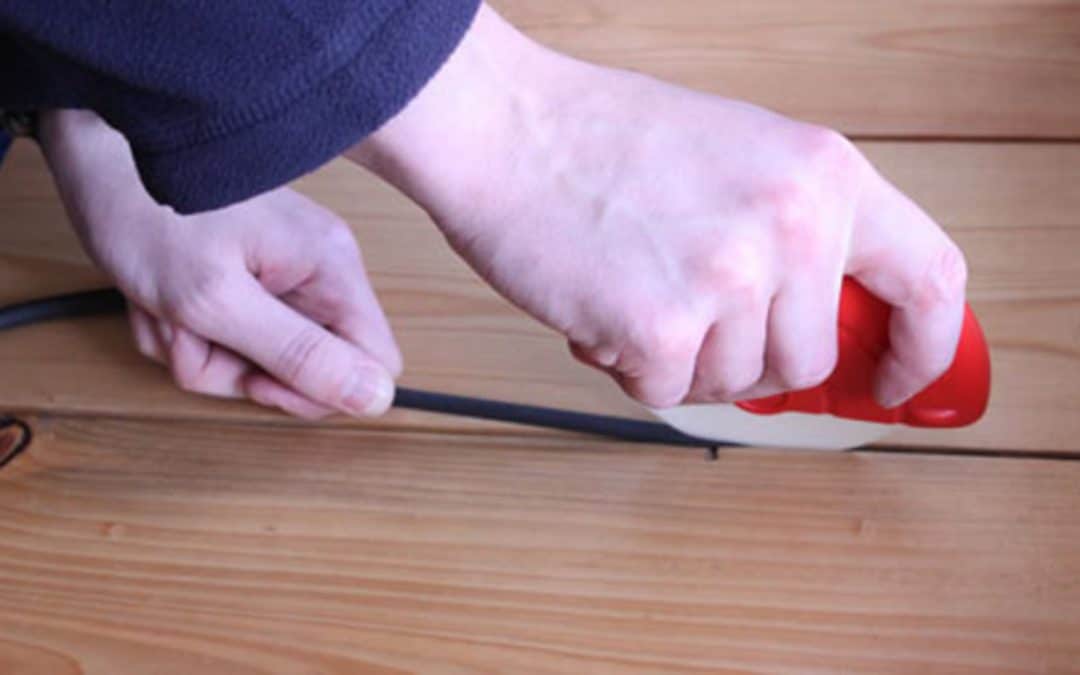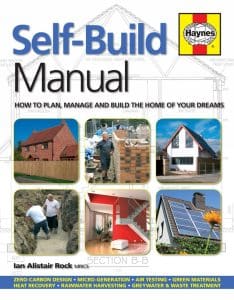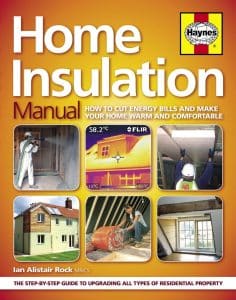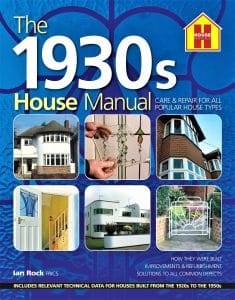In this new series, Chartered Surveyor Ian Rock FRICS – Author of the Haynes Home insulation Manual – explains how to cut your energy bills by boosting your home’s thermal efficiency.
PART THREE:
The Cheap & Easy Way To Cut Energy Bills –
Draught Proofing!
To boost comfort levels in your home the obvious place to start is by sealing up all the draughty gaps. This is a relatively cheap and easy improvement that can deliver the fastest payback of all energy-saving measures.
The problem with draughts is they make our homes feel cold and uncomfortable – so we turn up the heating to compensate, pushing up fuel bills. As if that wasn’t bad enough, the same gaps and cracks that invite cold air in, also allow expensively heated warm air to escape.
But before going round and diligently sealing up every rogue orifice in your home’s ‘thermal envelope’ – a word of caution. As we saw earlier it’s important to check that you’ve got a sufficient amount of controllable ventilation so you don’t end up with a stuffy indoor environment.
AIR LEAKAGE PATHS
Some gaps are obvious, such as where a door or window doesn’t close properly. Others require a bit more detective work. Using special ‘smoke puffers’ can show how big the draughts are and where they go. Or if there’s a smoker in the family, invite them to light up!
If funds permit, you could go one better and buy or hire a thermal-imaging camera to highlight the white, yellow and orange ‘hot spots’ where valuable warmth is seeping out of your property.
These are some of the key areas to target:-
Walls
- Any redundant holes in external walls (eg around waste pipes) should be filled, and any badly eroded mortar joints re-pointed.
- Redundant air vents into rooms can be sealed by filling with mineral wool or expanding foam and boarding over the internal face. But be careful not to block any vents supplying air for combustion to stoves, heaters or open fires. Also don’t block air bricks to ground floors.
- Many modern homes have the inner face of the main walls dry-lined with plasterboard. But cold air can sometimes swirl around behind the dry-lining. Air movement can be reduced by injecting continuous ribbons of expanding polyurethane foam or adhesive between the decorative plasterboard lining and the hidden inner face of the external wall (normally blockwork).
Floors
- Suspended timber ground floors are notoriously leaky. Eliminating draughts is a relatively straightforward measure.
- Around the edges of the room to the skirting boards there’s often a gap of centimetre or more. Strips of artificial rubber draught seal can be compressed and inserted, or expanding foam carefully applied. Smaller cracks along the top and bottom edges of skirting boards can be sealed with silicone mastic.
- Larger gaps between floorboards can be sealed with purpose-made slivers of timber bedded in place with sealant (eg where exposed floor surfaces are visually important). For smaller gaps compressible foam rods or beads can be pressed into place (available in a range of diameters). Silicone sealant can also be very effective, either clear or colour matched.
- Where there are extensive gaps or the floor coverings are in very poor condition, draughts can be reduced by screwing hardboard sheets over the boards and sealing the edges.
- Carpet or laminate etc laid over rubber underlay can be very effective at preventing draughts.
Services
- Where cables or pipes (eg to radiators) penetrate the floor, any gaps can be sealed with tightly-packed mineral wool, or by squirting expanding foam or silicone sealant into the holes.
- Gaps around service pipes and cables passing through external walls can similarly be sealed.
Roofs
- Lofts are meant to be cold and draughty so that any moist air is safely dispersed before it can cause damp problems. Gaps in ceilings are quite common (eg in airing cupboards) and should be sealed as they can allow large amounts of warm air to escape into the loft.
- Ensure the loft hatch fits snugly and apply draught-stripping between the hatch and the frame.
Fireplaces
- Redundant flues should be ventilated as a through-flow of air removes damp; chimney breast room vents can sometimes be sealed and replaced with an air brick fitted externally or via suspended floors. Insertion of inflatable ‘chimney balloons’ to disused flues can be a useful temporary measure in cold weather.
Windows
Much of the benefit gained from installing replacement double glazing is actually down to the reduction of draughts. But similar results can be achieved at a fraction of the cost simply by sealing up gaps in the existing windows. A few simple measures can reduce air leakage in windows by as much as 50%, significantly cutting the amount of energy needed to heat the room.
- Repair any damage to windows and doors. There are a specialist firms that can overhaul and draught-proof period windows, eg sashes.
- Check that all the opening casements, sashes and top-lights close firmly before applying draught-stripping to gaps.
- Seal any gaps (both internally and externally) with silicone mastic at junctions between the frames and wall reveals and to window ledges etc.
- Metal windows don’t warp like wooden ones, but often develop small gaps which can be filled with a silicone gel or specialist draught strips. Epoxy resin car body filler can also be used to fill dips in frames.
- Fitting secondary glazing to the inside of the existing windows can be very effective.
Doors
Doors tend to be worse offenders than windows. The gaps around a typical unsealed external door are equivalent to knocking a gaping hole the size of a big fist in your door. Porches and conservatories can act as ‘air-locks’ helping to reduce cold draughts getting the home. But there are some key areas that can benefit from attention:-
- Draughtproofing materials are similar to those used to upgrade windows. However thresholds can be difficult area to seal, as they need to withstand foot traffic and are sometimes exposed to extreme wind and water ingress. The simplest threshold seals can be fixed into a groove on the underside of the door, or to the threshold beneath the door.
- Letterboxes should seal fully shut, or can be draught-proofed using special products like ‘ecoflaps’. Exposed key holes can fitted with covers.
- Thin, leaky door panels can be beefed up by lining with strips of rigid insulation to reduce ‘cold bridging’.
Draught-proofing products for windows and doors
The 2 main types of seals designed primarily to draught-proof windows and doors:-
Wiper seals are used to seal moving parts that slide past each other, eg for the sides of sash windows and sliding doors. Brush-strip draught excluders follow the shape of the door or window, compressing slightly in the closed position, forming a seal. Brush pile seals are the most common material and these are capable of sealing a range of gap sizes, or filling uneven gaps. They can also be applied to surfaces that are moderately warped.
Compression strips are used where the opening door or window closes against the frame, requiring a certain amount of compression to form an effective seal. They are relatively cheap and easy to install and ideal for sealing narrow gaps of an even width – but not so good for warped surfaces or gaps of varying thickness.
Typical applications are around the perimeter of a door or opening casement window where it meets the frame, or to the top and bottom rails of sashes where they butt up against the top or bottom face of the frame. There are several types of compression draught strips. The cheapest are simple self-adhesive foam strips that can be stuck to frames.
Self-adhesive silicone strips or EPDM artificial rubber are more robust and available in a variety of thicknesses for different gap widths. Some types attach to the frame using adhesive, others use a carrier strip. Silicone gels can be used to create a compression seal and are ideal for metal windows, and sealing irregular gaps.
NEXT MONTH: Cavity wall insulation – is it all it’s cracked up to be?
Ian Rock’s home insulation tips are taken from the new Haynes Home Insulation Manual. For further information see www.home-insulating.com
Check out our Rightsurvey blog pages for more industry tips and secrets written by property professionals to help put you in control.







